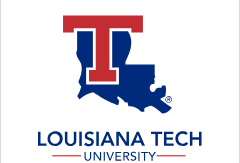Date of Award
Summer 8-2020
Document Type
Thesis
Degree Name
Master of Science (MS)
Department
Molecular Science and Nanotechnology
First Advisor
Gergana Nestorova
Abstract
Biomass of various types have been known to be important sources of energy or raw material for products in industries for centuries. Biomass have been proven to be cost effective as sources of suitable chemicals that can enhance many industrial processes. Lignin is one of many very valuable components extractable from biomass. Using lignin, modified or unmodified, can improve the sustainability of manufacturing processes. In this work, lignin was extracted from two different biomass, i.e. coffee chaff and sugarcane bagasse. Coffee chaff is the dried skins of coffee beans, the waste product from the roasting process. Sugarcane bagasse is the fibrous material remaining once the juice is extracted from the sugarcane. It can be dried and combusted as a solid biofuel. A deep eutectic solvent (DES) was used to extract lignin from these two biomass. DESs are hydrogen-bonded solvents that can extract lignin from biomass. They are safe, simple, cost effective and recyclable. In this study, the DES used was a two to one molar ratio of formic acid with choline chloride (FA:CC). The lignin extracted from the two biomass was added to cement to discover how they impacted the plasticity, porosity and compression strength of cement cylinders. In addition, commercially purchased sugarcane bagasse lignin was carboxymethylated and added to cement to investigate its effect on these properties.
Recommended Citation
Akond, Ashique Ur Rahman, "" (2020). Thesis. 55.
https://digitalcommons.latech.edu/theses/55

